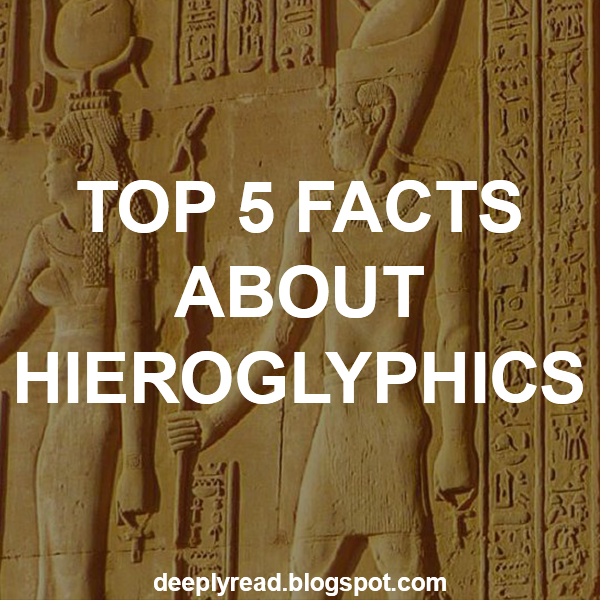The ancient Egyptians used this amazing writing system to tell stories, write history and communicate with one another. Hieroglyphs use an alphabet of symbols that are put together to form words, though the Egyptians had no punctuation or vowels. There were also two different scripts developed — hieratic, a formal style like we find inside pyramids, and demotic, which simplified the glyphs for swifter writing.

Let's examine the shocking facts about hieroglyphics:
The oldest alphabet
The first Egyptian hieroglyphs appear on pottery from circa 3200 BCE. The writing was developed to convey the language using two types of glyphs: phonograms, to denote sounds, and ideograms, to show ideas. Hieroglyphics read using both types of symbols either on their own or coupled with others.
Reading the symbols
Hieroglyphs can be read left to right, right to left or up and down. Scribes put the characters — including animals and people — facing the direction of reading. Scribes also used determinative glyphs that were unspoken but helped the reader to tell the meaning of particular words and phrases.
The Rosetta Stone
Egyptian hieroglyphics were not fully deciphered until the discovery of the Rosetta Stone in 1799. The stone has the same inscription carved in Greek, demotic and hieroglyphs, which enabled French scholar Jean-François Champollion to become the first man in centuries to read the ancient symbols.
Holy writing
The word ‘hieroglyph’ comes from an amalgamation of two Greek words — ‘hiero’ for holy and ‘glypho’ for writing — as the Greeks regarded many of the intricate symbols to be sacred. The Egyptians also believed that the glyphs were created by Thoth, the god of writing and knowledge, in an effort to make his followers wiser.
Skills of the elite
The Egyptians used hieroglyphics to tell their history on papyrus scrolls, adorn the walls of tombs and document prayers and religious rituals. Scribes took many years to train and just three per cent of the population — notably the educated priests and royalty — could read the glyphs.